When Bertone Tried To Save The German Brand NSU With An Innovative Concept Car
Images: Makarand Baokar, Archivio centrale dello Stato/Stile Bertone
Armed with what NSU thought was great technology, the German carmaker designed and developed a brilliant executive sedan, the NSU Ro80. Unveiled in 1967, this car not only had the innovative Wankel rotary engine at the front (hence the Ro in the model’s name), driving the front wheels through a three-speed semi-automatic gearbox, it was also distinguished by a striking and handsome aerodynamic body that was way ahead of its time. Motoring journalists were most impressed, and in 1968 the NSU Ro80 was voted the European Car of the Year.
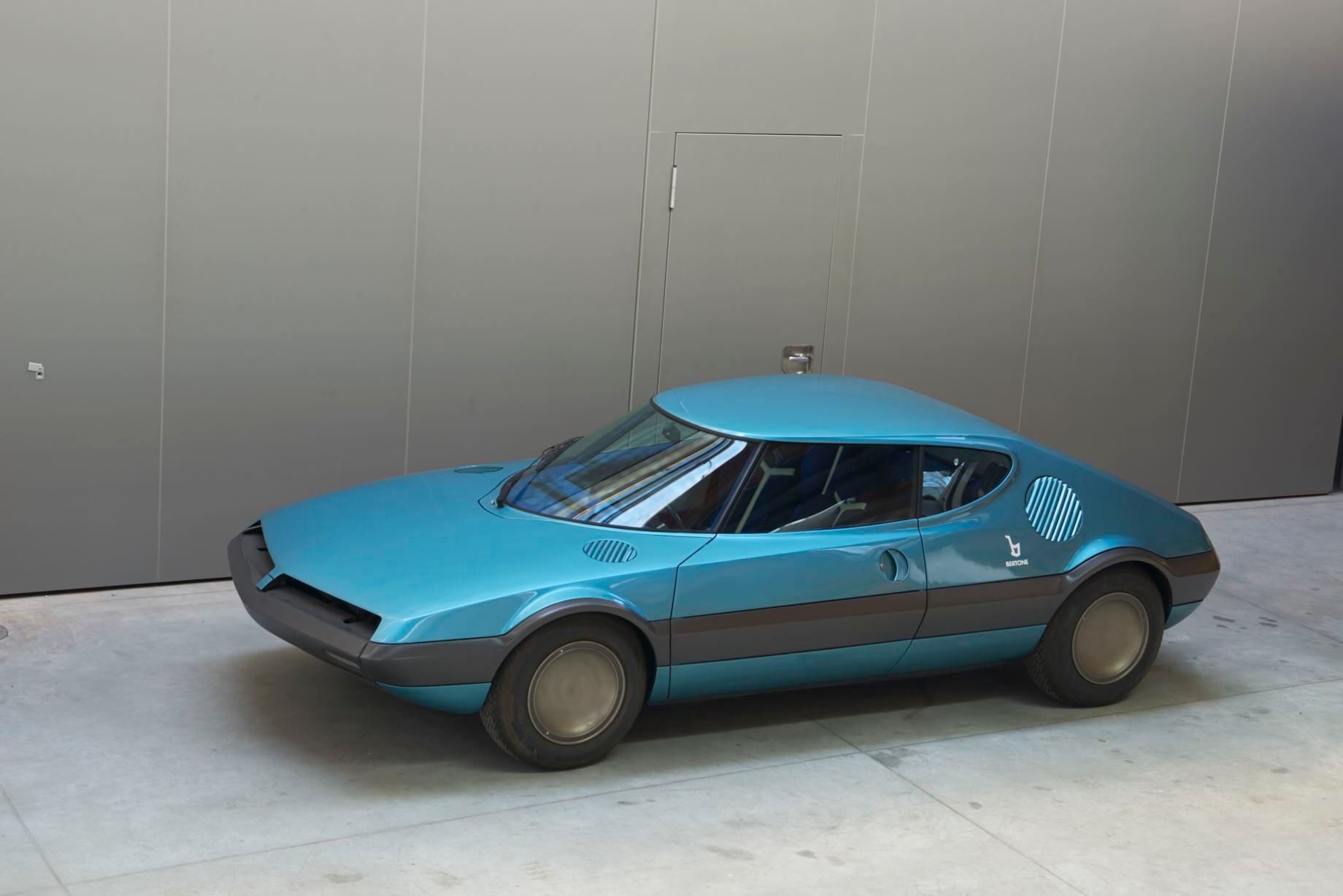
The Wankel power pack was groundbreaking with 995cc developing 113bhp. Although the initial reception to the car was excellent, the NSU Ro80 soon developed a reputation for excessive thirst, followed by debilitating reliability issues. Sales, after peaking at 7,811 in 1969, collapsed thereafter, and even after all reliability issues had been addressed, the Ro80 never recovered from the terrible reputation the car had earned.
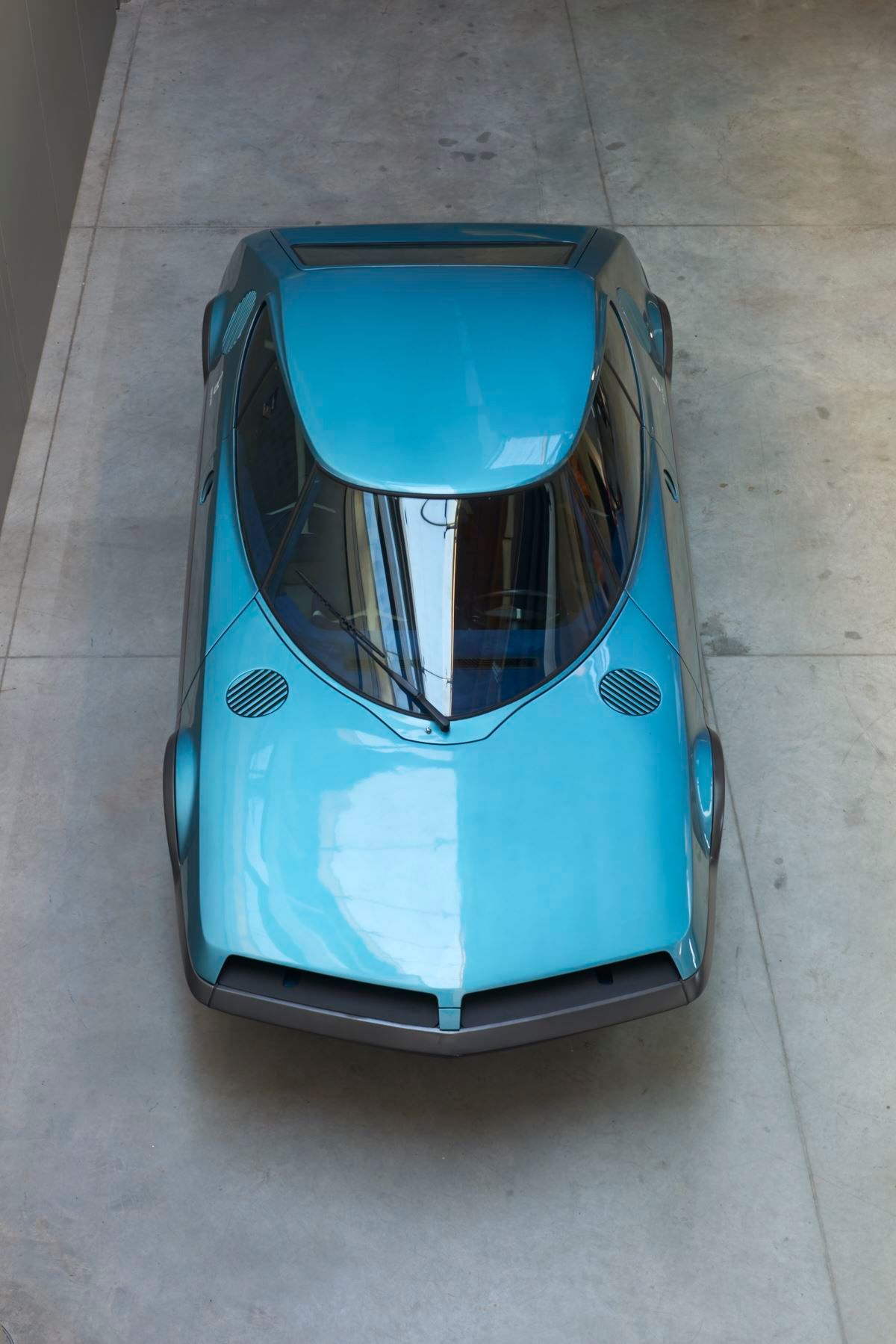
With the development costs incurred by NSU for the Wankel engine and the failure of the Ro80, the carmaker was in a deep financial mess by 1969 when it was taken over by Volkswagen. If NSU as a brand had to carry on, it needed a halo product that showcased the virtues of the compact Wankel rotary engine—best shown off in a sports car application.

Given such reasoning, coachbuilder Nuccio Bertone saw an important business opportunity and proposed a coupe version of the Ro80. Bertone’s chief designer, Marcello Gandini, had always been obsessed with the packaging and layout shortcomings of a mid-engine car.
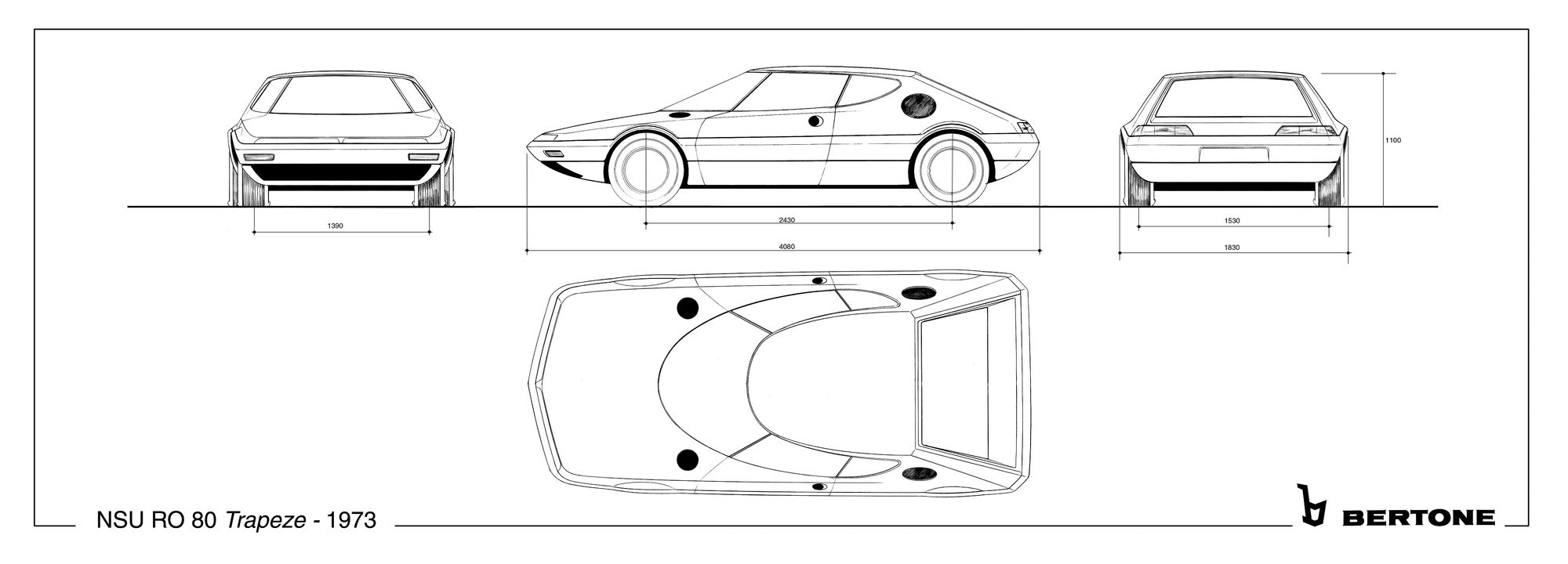
Seating for two wasn’t that much of an issue, but to accommodate four adults and place the engine amidships was quite a challenge. In the compact engine of the Ro80 Gandini saw an opportunity. Moving the powertrain and the driveline of the NSU to the rear axle was easy.
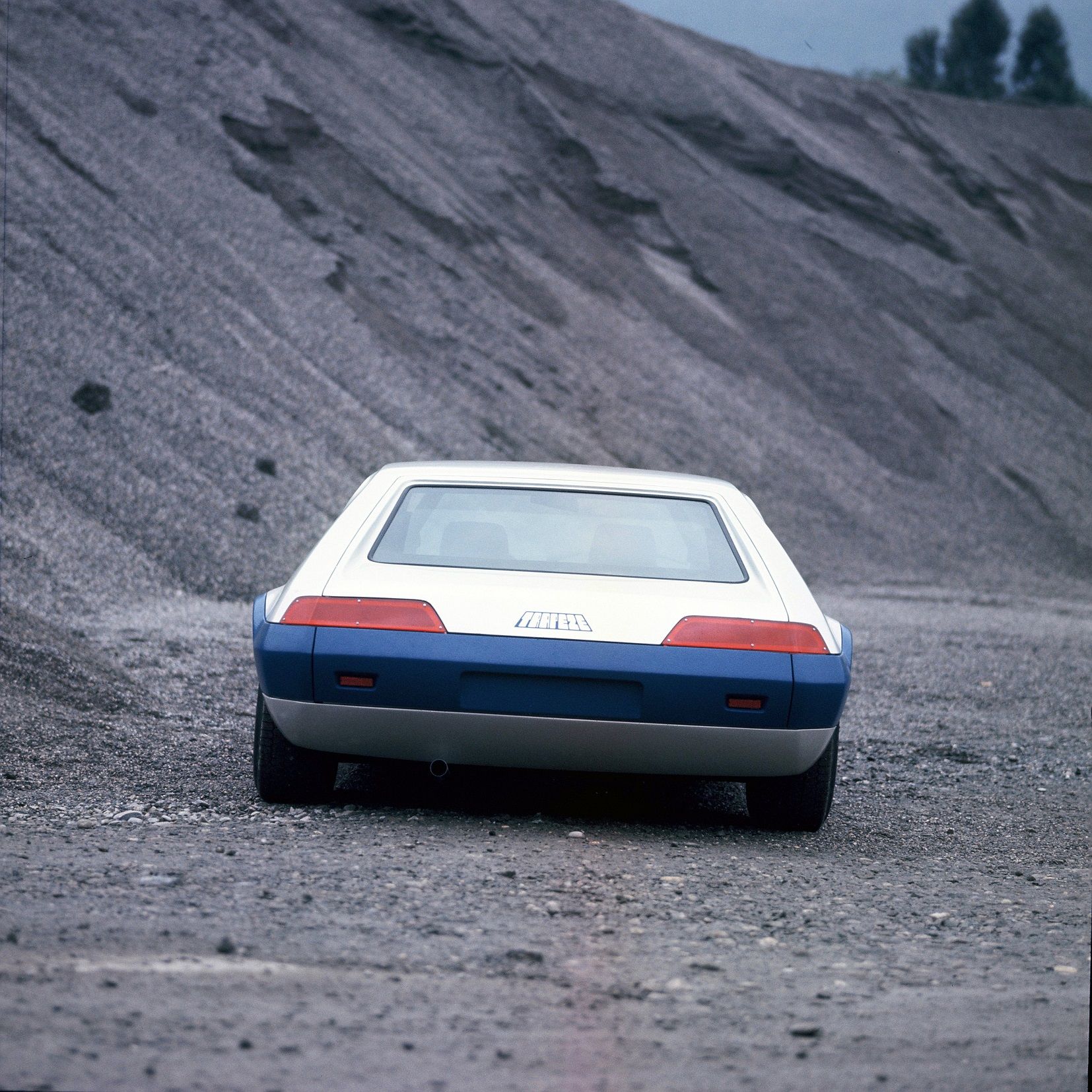
Then came the packaging and Gandini had a brainwave. This was to place the two rear seats on the outsides of the compact rotary engine, just ahead of the rear axle line, and locate the two front seats inset, shoulder-to-shoulder, with the legs of the rear passengers stretching out alongside and on the outside of the two front seats.
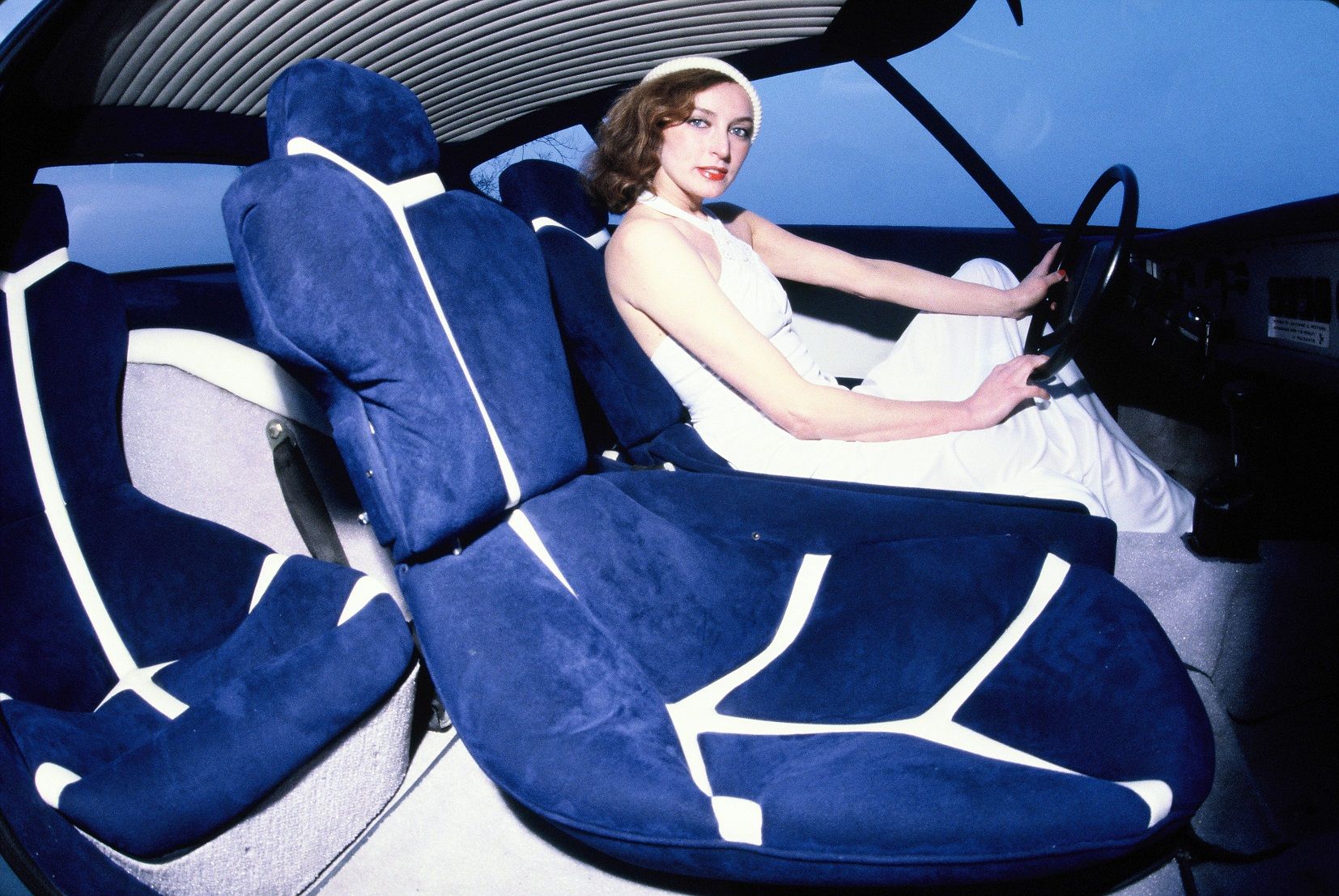
Drawing out the powertrain placement and then the four seats in a trapezium-like layout (hence the name, Trapeze), the wheelbase was calculated, with the legs of the driver and front passenger—both seated close together—stretched out between the front wheels, almost up to the front axle line. At 2.43 meters (96 inches), the NSU-engined coupé’s wheelbase was marginally shorter than that of the Lamborghini Urraco’s, yet there was space for four full-sized adults to comfortably stretch out in the car.
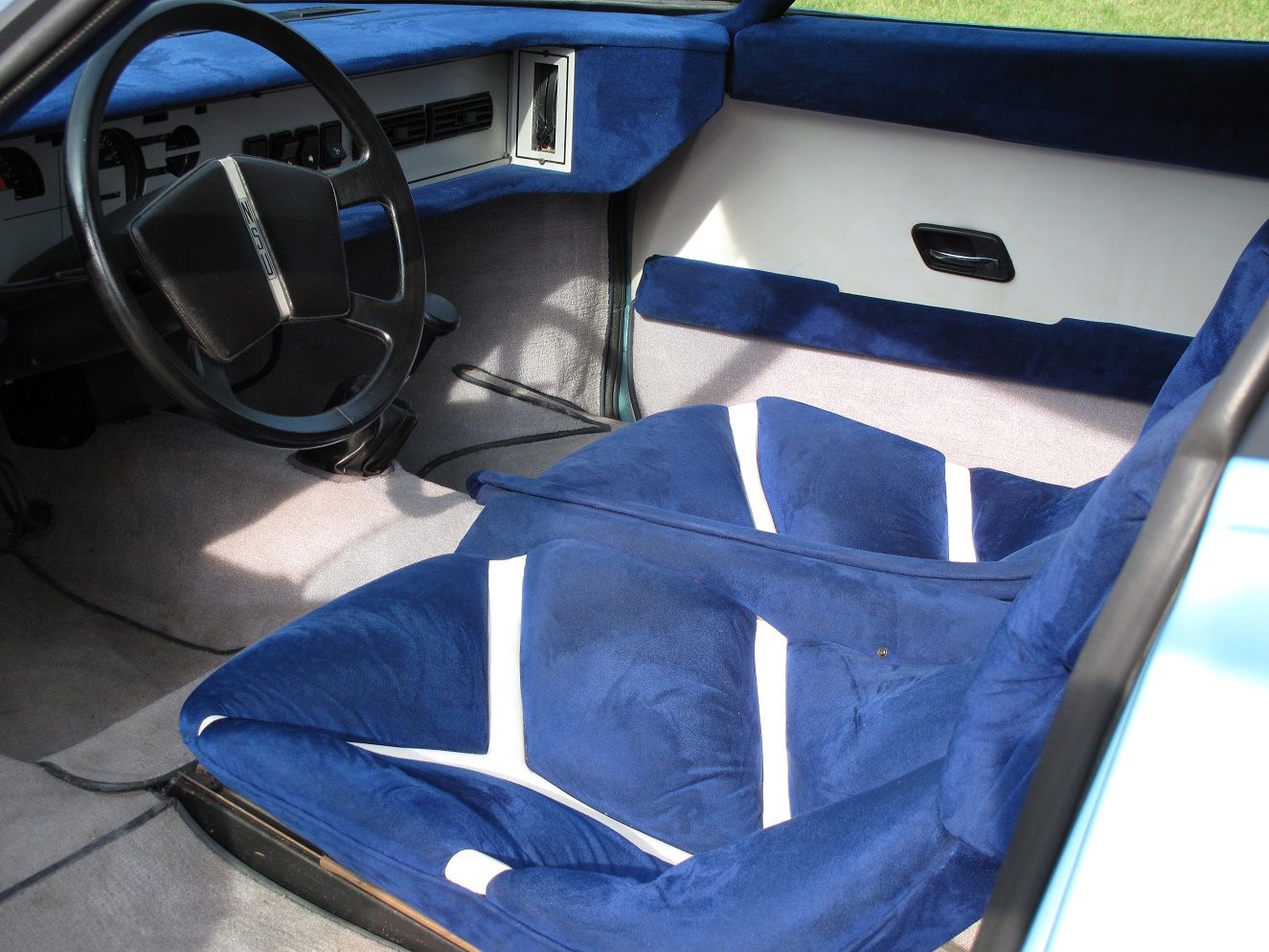
The innovative packaging was complemented by a brilliant design that combined a deeply curving Lancia Stratos-inspired windshield—that helmet visor-like wraparound look—but stretching all the way back to incorporate the second set of windows.
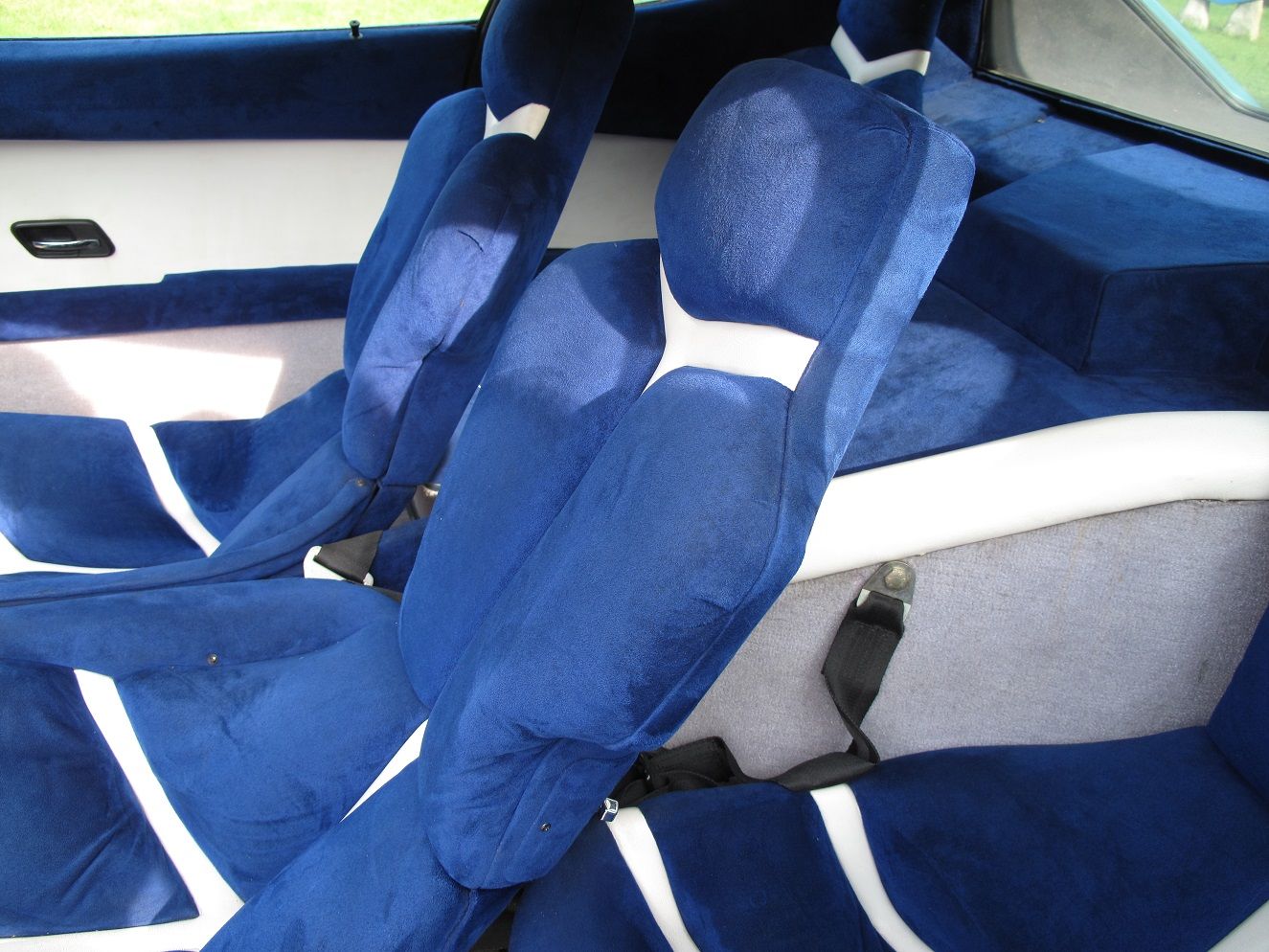
With a straight-through beltline, and a V-shaped plan profile harking back to that on the Autobianchi Runabout, the Trapeze had several innovative design and safety features, a good example being the blue plastic bumper that ran around the perimeter of the entire car in a belt-like shape for lateral protection.
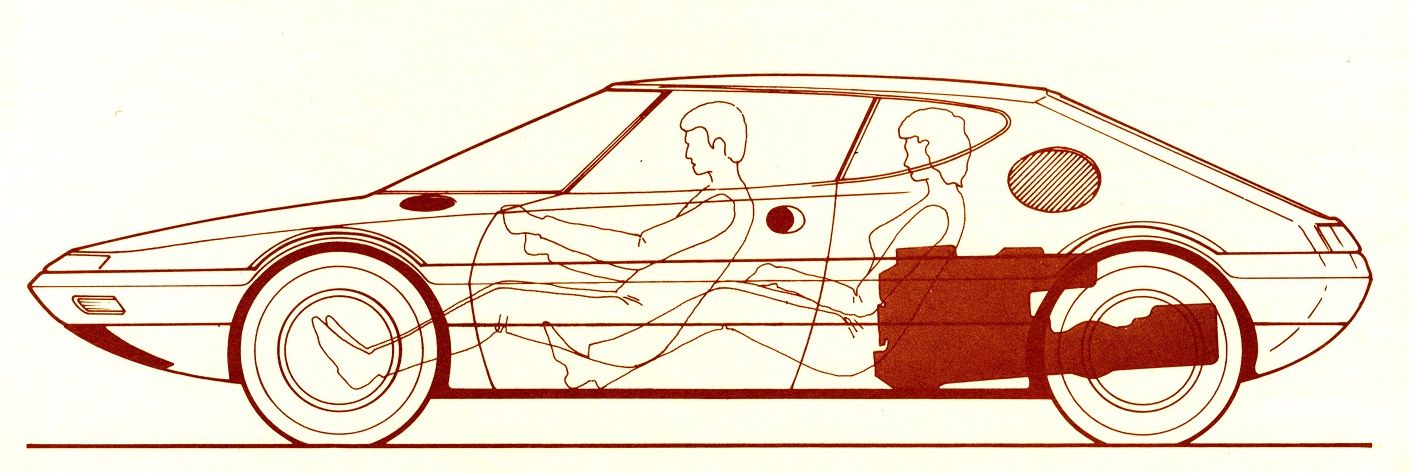
Unveiled at the 1973 Paris Motor Show, the Trapeze was the star of the show and was extensively featured in magazines and newspapers across the globe. Yet, despite all the positive press, there was no saving the NSU brand. Fortunately, the concept car survives in the Bertone Collection.
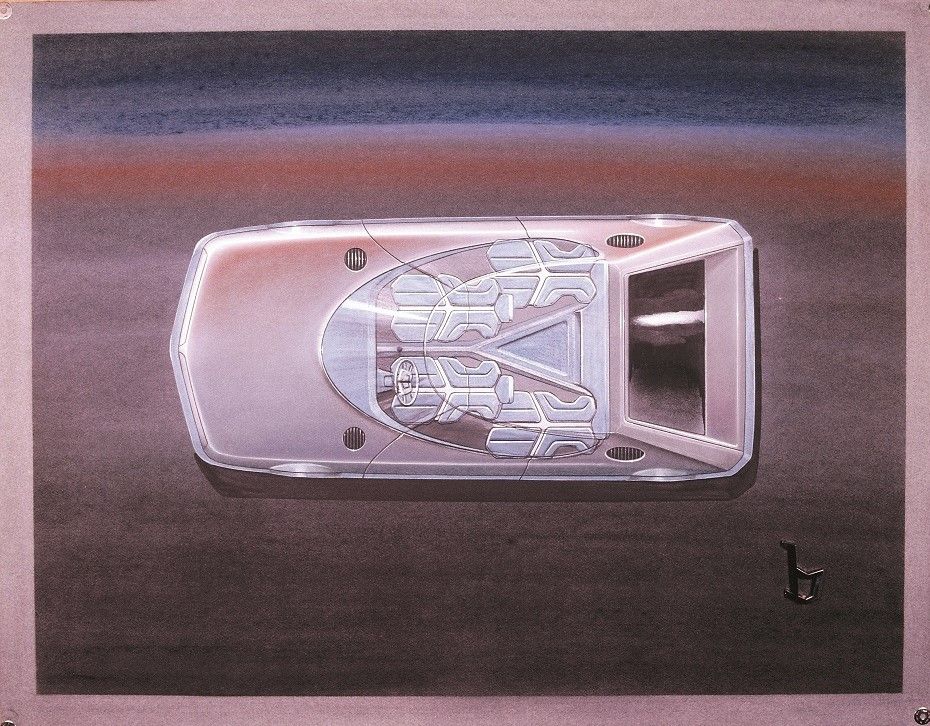
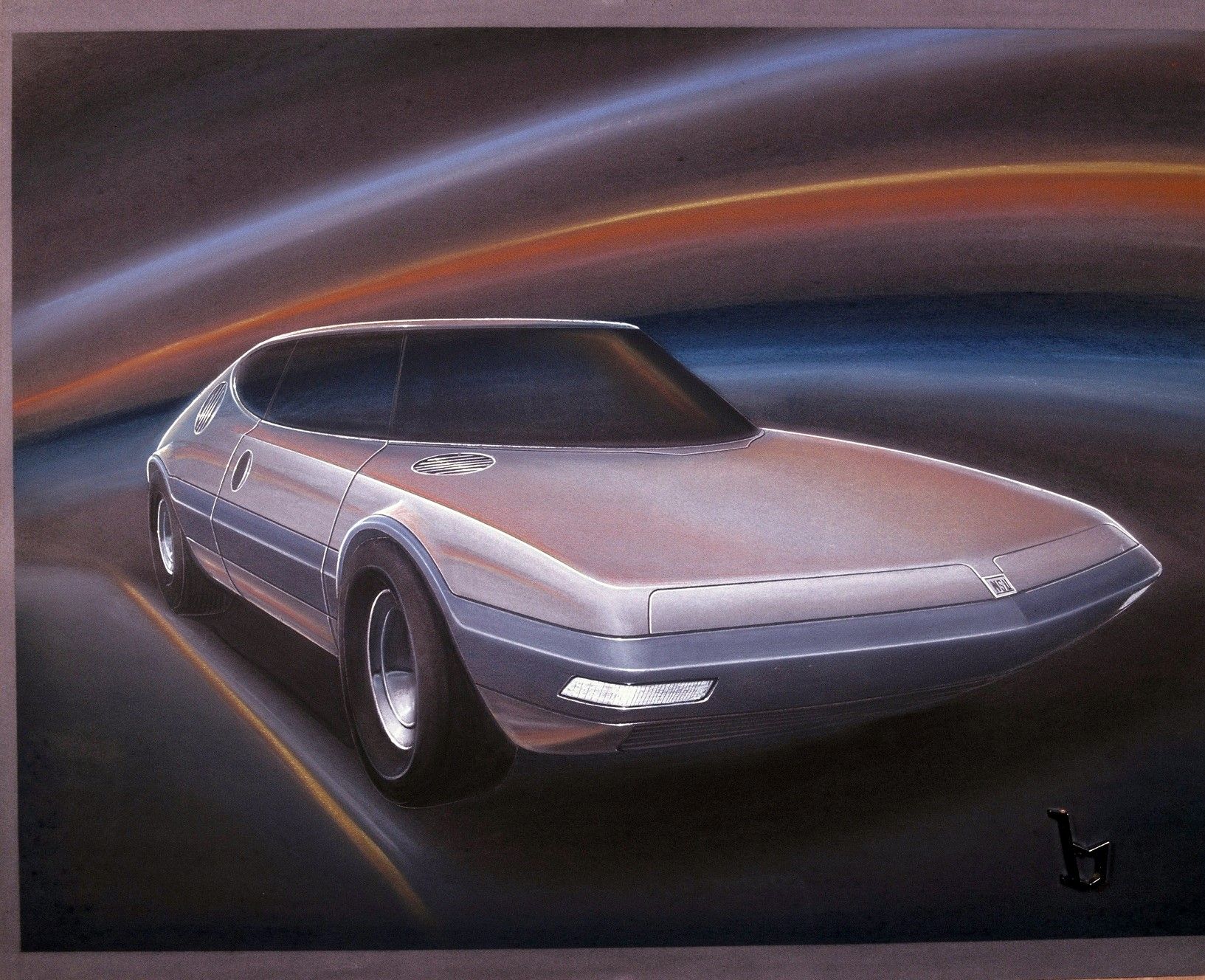
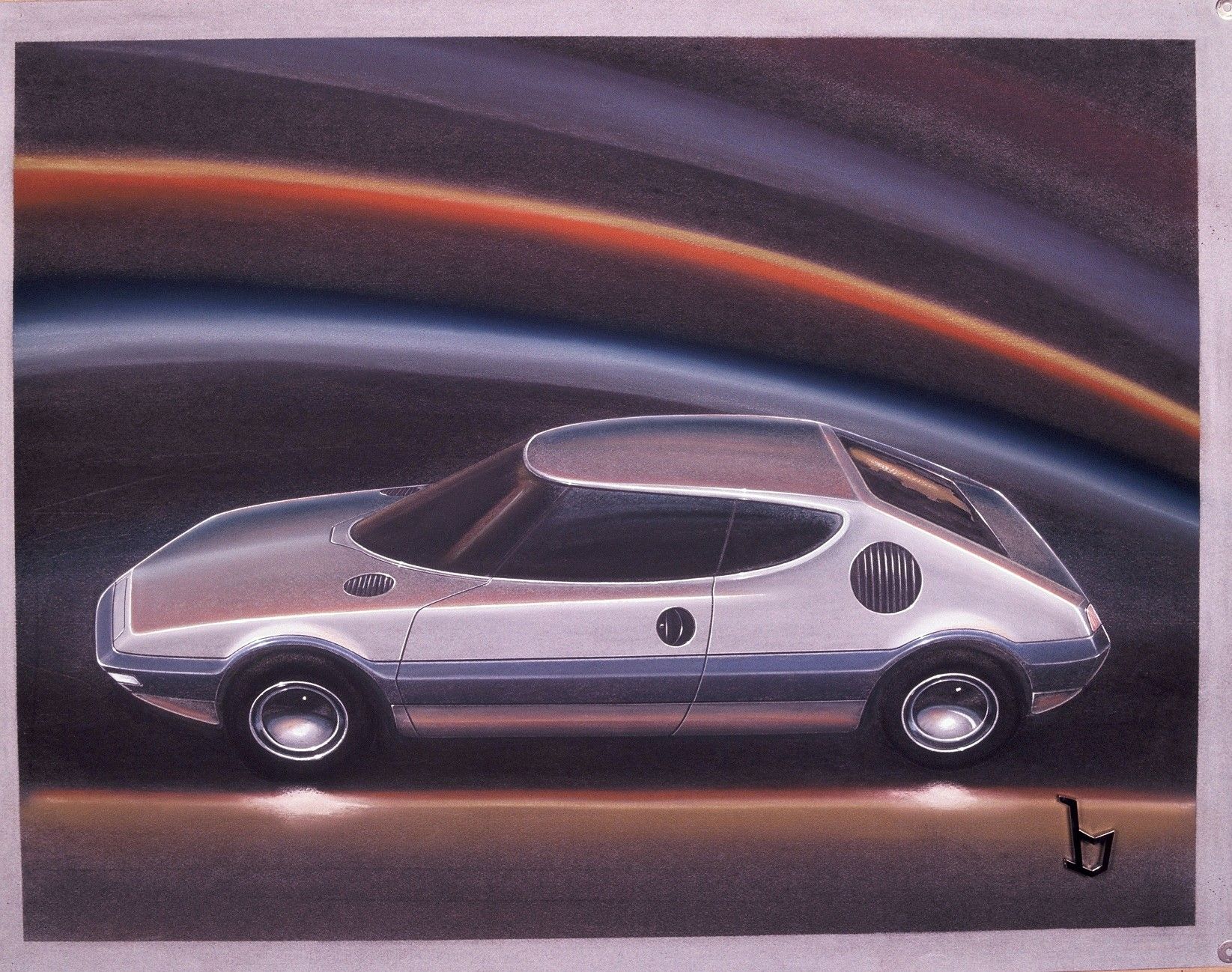
Comments
Sign in or become a deRivaz & Ives member to join the conversation.
Just enter your email below to get a log in link.
